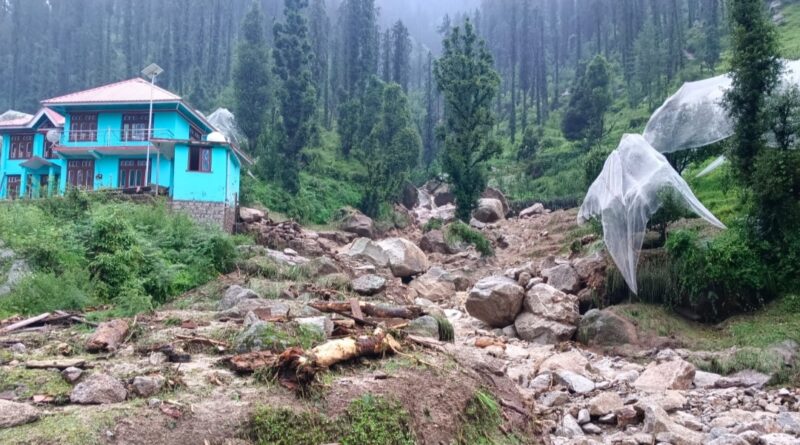From Crisis to Resilience: Dharampur Embraces Nature Methods to Fight Monsoon Fury
In the heart of Himachal Pradesh, where lush hills meet unpredictable skies, the town of Dharampur is taking a bold step toward climate resilience. After enduring back-to-back monsoon disasters in 2023 and 2024, this flood-prone region in Mandi district is now the testing ground for a pioneering initiative that blends nature, science, and community wisdom.
Turning the Tide with Nature-Based Solutions
The newly launched pilot project aims to do more than just patch up damage—it’s about reimagining how communities can live safely with nature. Supported by a coalition of national and international partners, the initiative will deploy nature-based solutions (NbS) to protect vital infrastructure like the inter-state bus terminal and the local power sub-station, both of which were hit hard during recent floods.
Instead of relying solely on concrete and steel, the project will use bio-engineering techniques such as vegetative barriers and slope stabilization to reduce erosion and manage water flow. Smart sensors will be installed to provide early warnings, giving residents precious time to prepare before disaster strikes.
Science Meets Tradition in Shimla
The project was officially unveiled at an inception workshop in Shimla on November 3, 2025, where local leaders, technical experts, and community organizations came together to chart a new course. The goal? To create a model that can be replicated across the Hindu Kush Himalayan region—one that respects traditional ecological knowledge while embracing modern technology.
Experts at the workshop highlighted that bio-engineering not only strengthens natural defenses but also offers a sustainable, cost-effective alternative to conventional infrastructure. It’s a shift from building walls to nurturing landscapes.
A Ray of Hope for Dharampur
For the people of Dharampur, this initiative is more than a technical experiment—it’s a lifeline. The past two monsoons left homes submerged, roads washed away, and daily life in disarray. With rainfall patterns becoming increasingly erratic, the community is eager for solutions that don’t just react to disasters but prevent them.
As the project moves into its implementation phase, residents can expect a combination of on-ground interventions and data-driven alerts designed to protect lives, livelihoods, and public assets.
Building a Safer Tomorrow
This effort marks a turning point in Himachal Pradesh’s approach to disaster management. It’s a move away from reactive recovery and toward proactive resilience—where nature isn’t the enemy, but the ally.
In Dharampur, the seeds of a safer future are being planted—one slope, one sensor, one community at a time.



